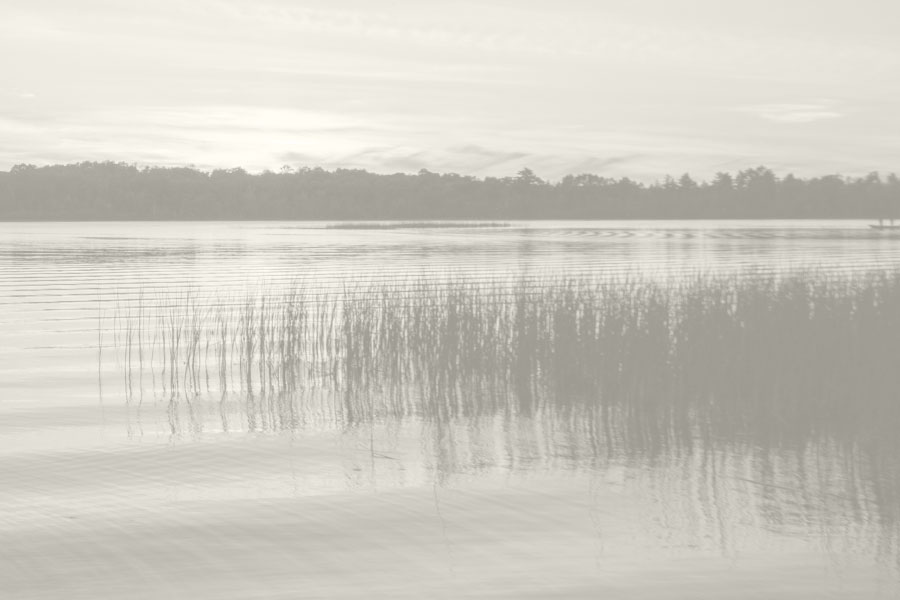Profile
Review of Lavon Lake
This review of Lavon Lake will give you our perspective on what we think about the lake. Lavon Lake is shaped similar to a "J" with the dam at the bottom right of the "J" and several small coves off the main part of the lake. In September 2013, the lake was down 11 feet – so call first about ramps that may or may not be open.
The terrain around the lake is relatively flat, treed, and will minor development – some homes but mostly ranches. Spread around the lake are 17 different US Corp of Engineer Parks on the lake – 6 of which offer camping, most have picnic areas, all but one have boat ramps.
Map
Sorry, no records were found. Please adjust your search criteria and try again.
Sorry, unable to load the Maps API.
Fishing on Lavon Lake
This lake is noted for crappie fishing, especially in winter and spring. Largemouth bass, channel catfish, and blue catfish offer good angling opportunities. Striped bass were stocked in 1989 and 1994. They have not reproduced, but a sizable population provides some recreational angling. Sunfish are plentiful, with good populations of several species.
Fishing Cover & Structure
Most structure in this lake is in the form of standing timber, especially uplake in the East Fork Trinity River arm and the Sister Grove/Pilot Grove Creek arm. When present, aquatic vegetation is generally in the backs of the many small bays and coves along both sides of the two main arms running north and south. Infrequent stands of cattail surrounded by water can provide excellent habitat for most species except striped bass and white bass. Outflow from the electric generating plant on the east side of the east arm can attract fish in winter, when ambient water temperatures dip. Rip-rap along the dam provides excellent habitat for largemouth bass, channel catfish, and sunfish.
Tips & Tactics
During the winter, crappie school in deep water and are usually found around deep structure, especially on south-facing shorelines. Some anglers place brush piles in deep water near boat houses for winter fishing. In the spring, these fish migrate into shallow water to spawn and become very vulnerable to angling. Baits of choice would be jigs and minnows. In winter, a very small (1/32 oz) black and white jig can be effective. In spring, try a 1/16 ounce chartreuse and red, chartreuse, white, or yellow jig. Largemouth bass are most active in spring when they move in shallow to spawn. Carolina-rigged 6-inch lizards, Texas-rigged 7-inch worms, and some crankbaits pay off here. The second peak occurs in the fall when bass begin actively feeding for the onset of winter. Try white spinners with gold blades in 3 feet to 1 ½ feet of water, or crawfish-mimicking crankbaits.
Channel catfish angling is best in the early summer when fish head up tributary streams to spawn or get in the rip-rap along the dam.
Try cut bait, shrimp, or stink bait fished still or dragged along the bottom with the wind; also known as drift fishing. Blue catfish bite best in the winter and the bait of choice is live shad or sunfish. Drift fish deep, open-water points.
Striped bass are caught year round in open water areas, near the power plant outfall, or anywhere shad are seen on the surface. Live shad, surface baits, plastic shad, or slabs are baits of choice. White bass provide lots of recreational angling most of the year, but peak in the spring when tributaries are running and in summer off the dam in deep water. In summer they are usually feeding on surfacing shad. Use small jigs, topwater baits, or minnows. Sunfish are best caught in shallow water while fishing from the bank, boat house, or pier. The bait of choice is the plain old earthworm.
All of the above is thanks to Texas Parks & Wildlife
